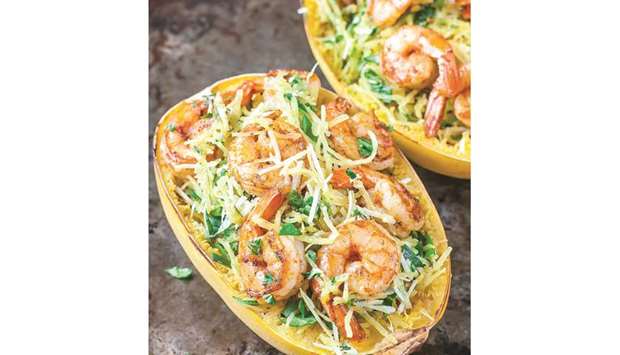I get this question all the time: what is the difference between a squash and a pumpkin. Well to keep it simple, pumpkin is a type of squash – which generally refers to four species of genus cucurbita.
Squash is considered a fruit and it grows on vine. In US and Canada, the squash family is divided into summer or winter squash depending on when there are harvested.
One thing that makes pumpkin a little different from other squash besides it orange with yellow orange skin is its stem. Anyone who has ever handled one knows that its stem is stiff and spiked. Another thing that sets pumpkin apart from its sisters in the squash family is that its seeds are edible.
Squash comes from the word “narragan” which means eaten raw or uncooked.
Squashes are one of the oldest known crops – thousands of years by some estimates of sites in Mexico. Since squashes are gourds, there most likely served as containers or utensils because of their hard shells. The seeds and flesh later became an important part of the pre-Columbian Indian diet in South and North America. North American tribes grew pumpkins, yellow crooknecks, patty pans, Boston marrows (perhaps the oldest squash sold in America) and turbans. Southern tribes raised winter squashes. Native Americans roasted or boiled the squashes and pumpkins and preserved the flesh as conserves in syrup. They also ate the young shoots, leaves, flowers and seeds.
Virginia and New England settlers were not very impressed by the Indian Squash until they had to survive the harsh winter at which point they adopted squash and pumpkins as staples. Squashes were baked, cut and moistened with animal fat, maple syrup and honey. Pumpkin can be grown in many parts of the world whereas growing other varieties of squash is more restricted by specific weather conditions. Because of this, you’ll find specific types of squashes being grown in different parts of the world. But at the market, our world magically comes together and you’ll notice many varieties, some are edible and others are ornamental.
The next time you visit a hypermarket, spend some time by the squash section and pick up a few varieties to experiment with. It is always fun and exciting to try new recipes with less known food items.
Spaghetti squash is a popular yellow orangish vegetable harvested in early fall. When cooked, the inside of the squash can be shredded into long, thin strands similar to angel hair noodles and can be used in comparable ways.
Pesto Parmesan Squash and Shrimp
Ingredients
Spaghetti squash 1 no.
Avocado oil 1 tbsp
Basil Pesto 2 tbsp
Baby spinach 40 gm
Parmesan Cheese 1/2 cup
Shrimp (16-21 pdf) 250 gm
Paprika powder 1/4 tsp
Garlic, chopped 1/2 tsp
Cayenne pepper a pinch
Salt to taste
Crushed black pepper to taste
Parsley, chopped 1 tbsp
Lemon wedge 2-3 no
Method
Slice spaghetti squash in half lengthwise and scoop out the seeds. You can microwave the squash for 4-5 minutes to soften it for easier cutting.
Rub the pulp side of the squash with 1 tsp olive oil and place on a baking sheet.
Pre-heat the oven at 400 degrees Fahrenheit and rest the squash face down for 40 minutes or until tender and easily pierced with a fork. Cooking time will vary a bit depending on the size of your squash – a larger squash will need to roast a bit longer to get tender. Once ready, the exterior of the squash will be visibly softened with a tender interior
Meanwhile, clean the shrimp and season with some oil, salt, paprika, chopped garlic and cayenne pepper.
Heat oil in a heavy bottom skillet and cook the shrimp for 3-4 minutes until shrimp curls and becomes opaque.
Once the squash is roasted, allow it to cool slightly until easily handled.
Use a fork to separate and fluff the strands of spaghetti squash and remove strands; retain the squash skin boat.
While the squash is still warm toss together with spinach, pesto and parmesan.
Season with salt and pepper to taste, the warm strands will wilt your spinach until bright green and glossy.
Stuff the tasty strands back into the squash; top with the shrimp and serve hot.
* Chef Tarun Kapoor, Culinary Mastermind, USA. He may be contacted at [email protected]

Pesto Parmesan Squash and Shrimp


